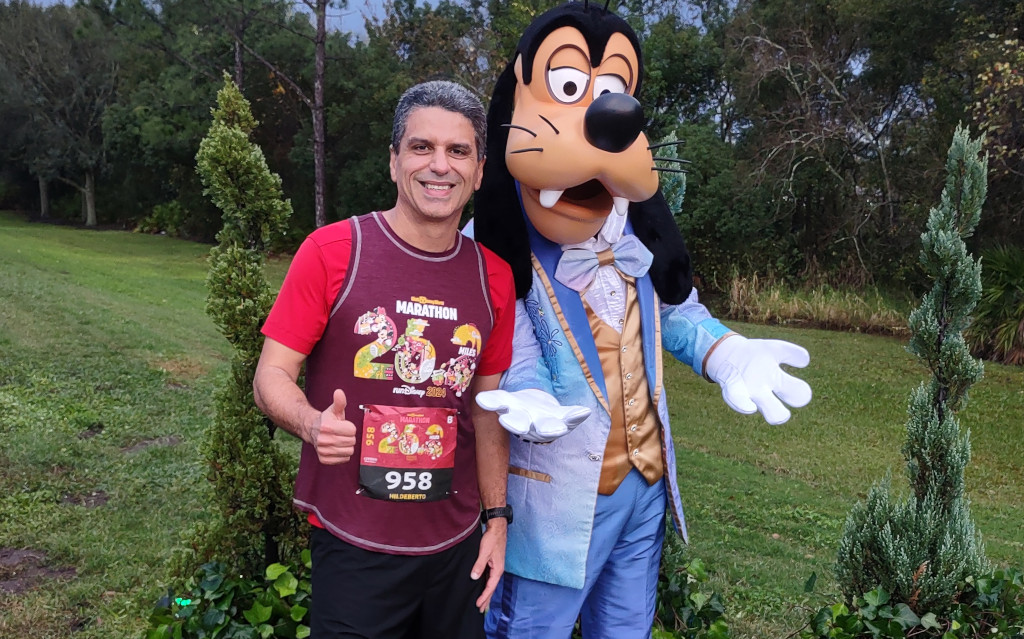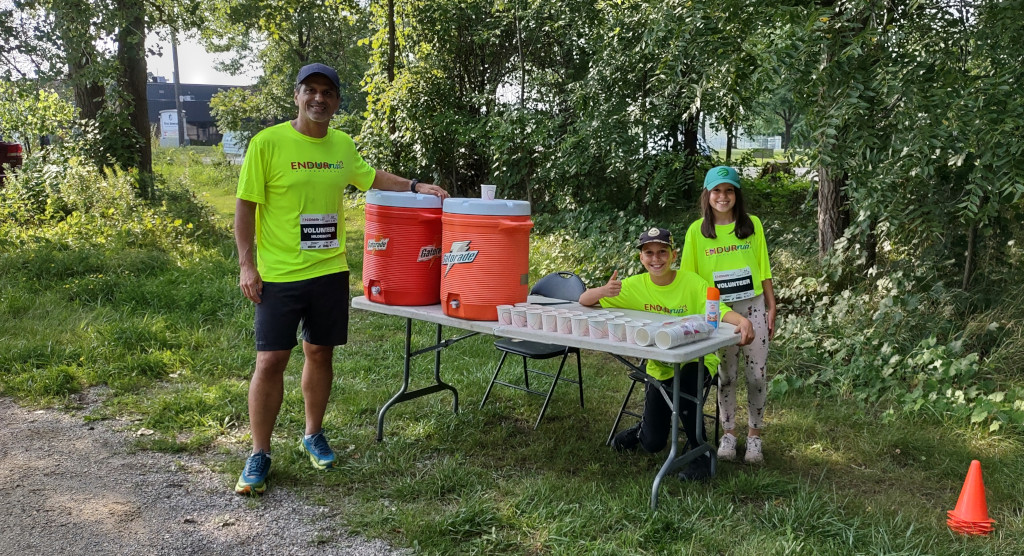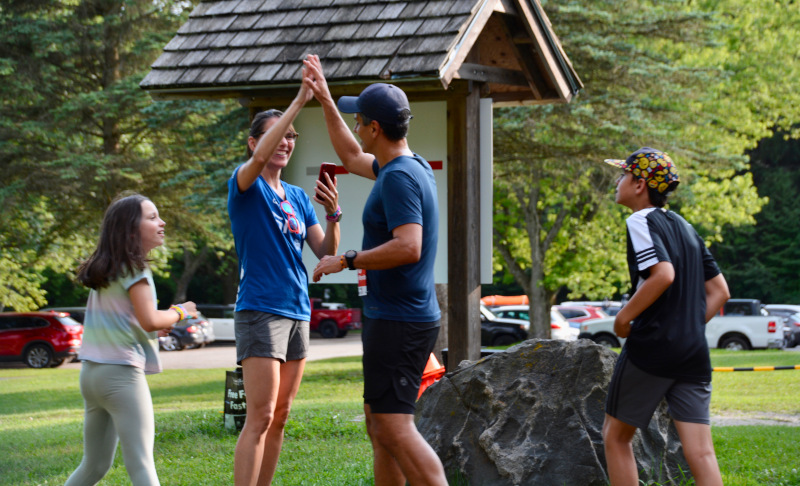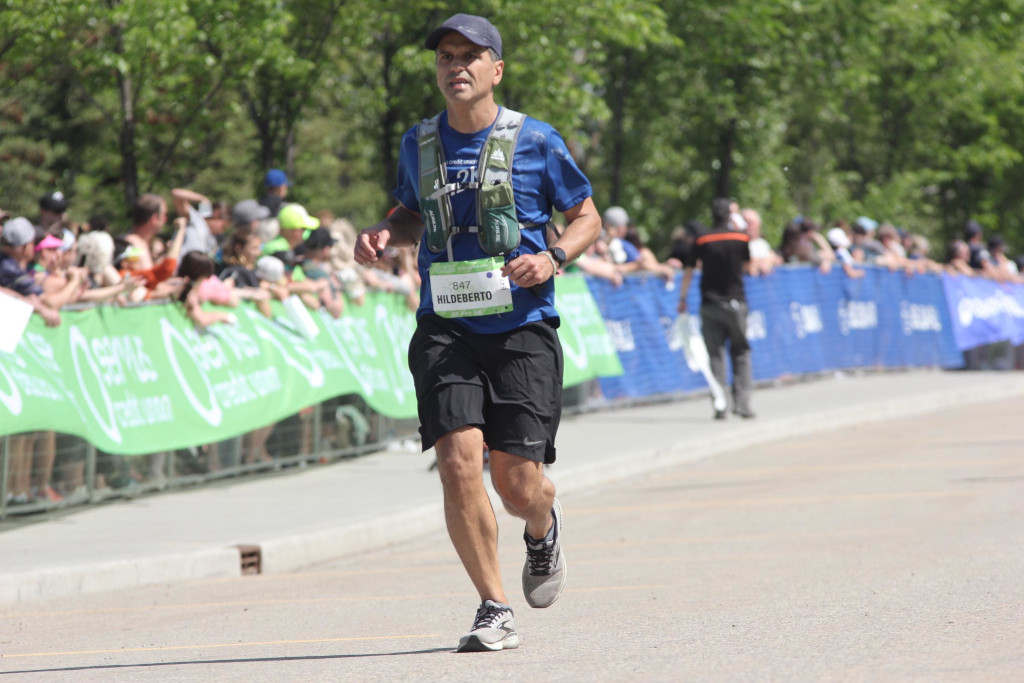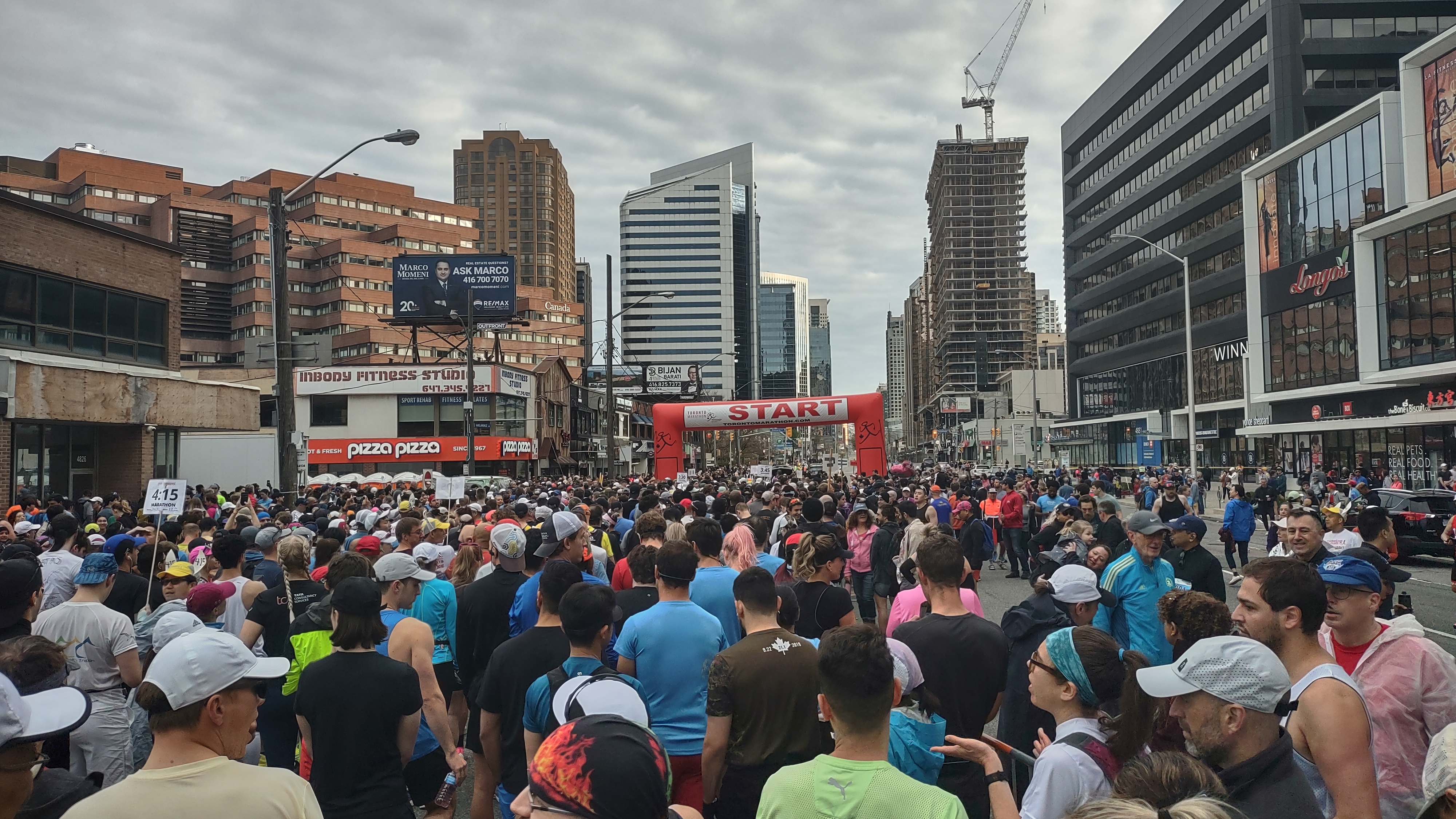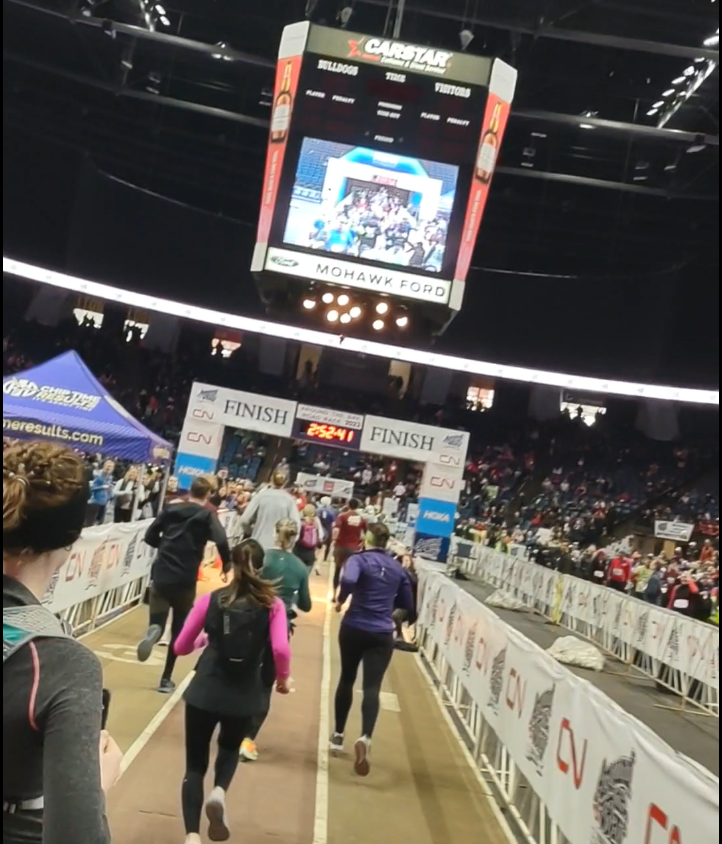Maratona do Rio 2024
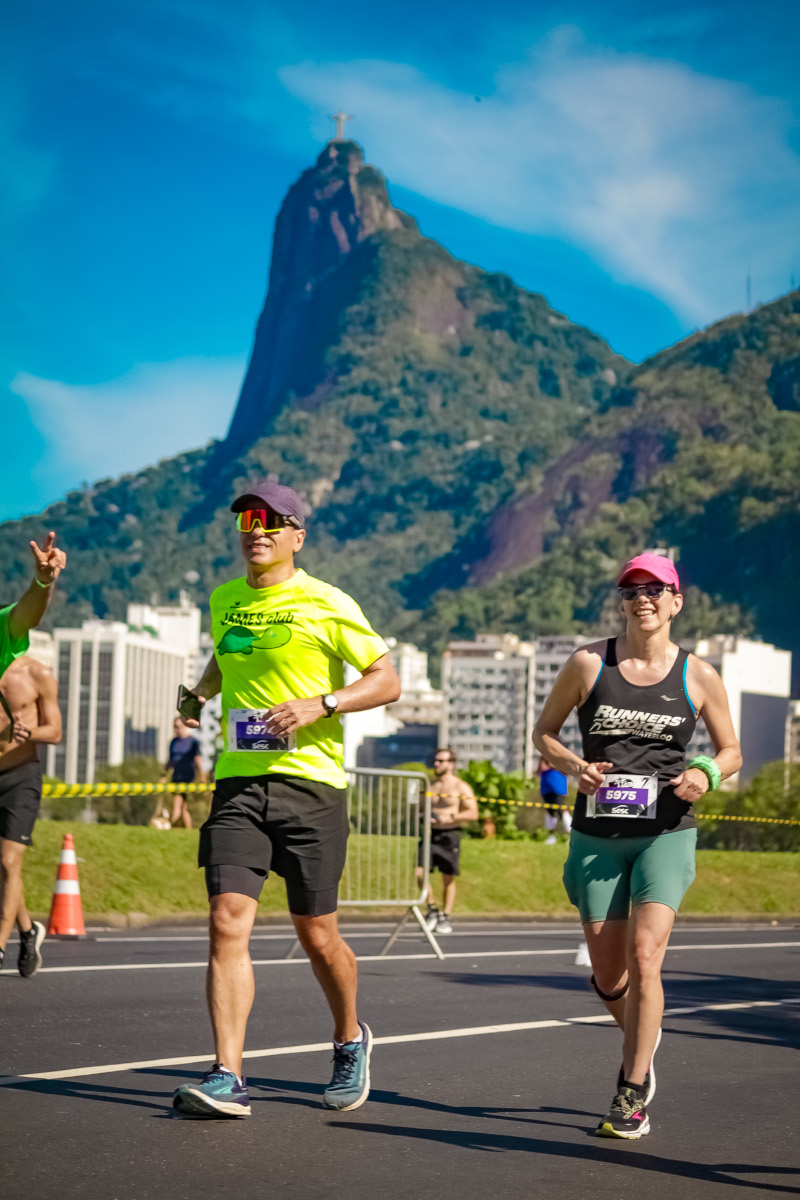
It might be in our DNA. When we need to go to the washroom, the closer we get to that, the more pressing it becomes. Now, imagine you are actually there, and the washroom is not available, so you have to hold for another while. The distance to the closest washroom is 15 km, and if you need it again, you have to go for 27 km more. All that is covered by foot. When you heroically reach a washroom, you notice it has no toilet paper or hand sanitizer. Welcome to Maratona do Rio!
The Rio Marathon is the largest running event in Brazil. It takes place in Rio de Janeiro, a city surrounded by mountains and the largest urban forest in the world: Floresta da Tijuca. It is beautiful from a distance and chaotic as you get closer. Despite the incredible course, iconic at every corner, the race was the worst experience I ever had in a marathon.
I had no personal goal this time. I was pacing my wife to achieve her first personal best in her second marathon. It was an easy long run for me in preparation for my next race. We were excited about the course, for the first time racing in Brazil, and for the overall experience, but all turned out to be frustrating. I could list so many issues, but I will limit myself to just a few that I thought were critical to a minimally viable race:
Crowded Expo
There were many people, long lines everywhere, and no flow controls. They just let everybody get in, all the time, without any constraints. If you are still considering attending this race after reading this article, try to go to the expo as early as possible.
More experienced organizers try to distribute attendees in time slots. If runners do not respect their slot, they should be happy to wait in line outside of the building.
Crowded Start
Despite the wide area available at the start line, too many people were concentrated in a narrow space. We had to wait for the race to start to finally get into the wave. We couldn’t even hear the “gunshot” sound if we needed a gun time in the watch. The road was all reserved for the event, so it was a super simple problem to solve by just spreading the waves a bit longer, and everybody would comfortably fit.
The Washroom Situation
In the first kilometers, runners were already talking about their urge to go to a washroom. To everyone’s surprise, there were none for the next 15 km. Runners who couldn’t hold anymore were pissing and shitting on the streets. The smell was strong and sometimes unbearable. I saw women surrounded by other women behind trees, trying to improvise some privacy. On the beach segment, we could find public washrooms, but they were paid ones. I had to use my credit card to get access to one of them. Waiting in line, I talked to a lady who was working on a water station. No washroom was offered to her either. When passing my credit card, I overheard the cashier talking to another person about a woman found dead in that washroom early that morning. As it turns out, Rio is not for amateurs.
Trash, Trash, and More Trash
Water was served in plastic cups and all thrown away on the streets, forming piles and piles of garbage. An environmental disaster! I saw some Garis (city cleaners) cleaning the mess, so I suppose the city was in charge of the clean-up, not the organizers, which is unusual and less efficient. By the way, people working for the race were not volunteers. They were paid to be there but acted like they didn’t want to. In my experience, races run by volunteers are much better. They act like they own the race. They are self-managed, proactive, and problem solvers.
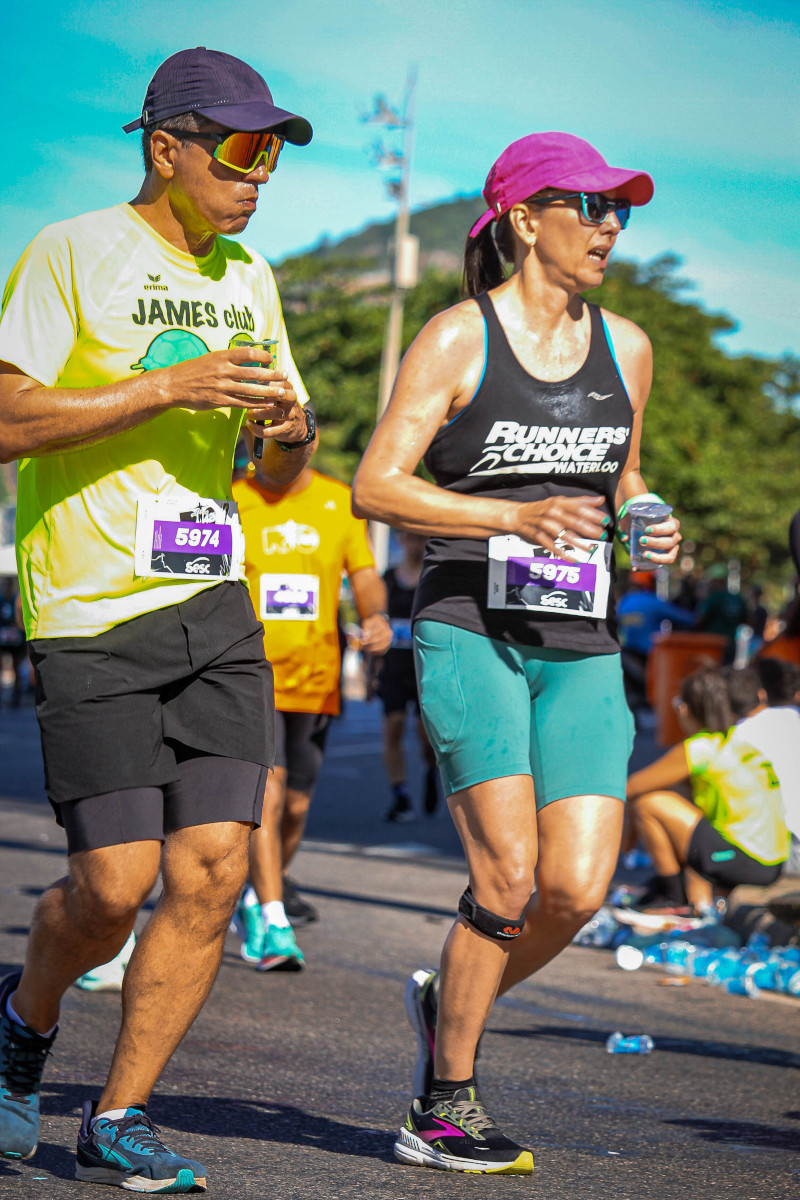
The water cup was actually handy. The water was contained by a thin aluminum cap, easily punctured with a finger. By making a small hole, we could drink the water, and the rest of the cap prevented it from spilling. This way, we held the cup for a while and drank it slowly until we found a bin to discard it properly. It was a problem that runners could solve, not the organizers.
Something Positive Though
In my opinion, the pictures package was the best feature of this race. There were so many photographers, especially at those spots with iconic views like the Sugarloaf, Corcovado, Tomorrow Museum, Copacabana, and Ipanema Beaches. They were strategically positioned to get the best shots. But that was all. Further reflecting on this, how can a secondary and optional feature, like pictures, be better executed than the actual race? Was it because other companies ran it for them or because what really matters is to let runners organically promote the race on social media using those amazing pictures?
Wrapping Up
The temperature was high, and the view was too distracting, but what really affected our race was the lack of washrooms. In the three days that preceded the race, we did a lot of city tours and ate in many restaurants, which we think made our stomach and gut upset. So, during the race, the dehydration was aggravated by gastro problems. Widely available washrooms would make the experience less painful. To give you an idea of the suffering, we really considered pooping behind a car parked on the street. We held it, but just having that thought is disturbing.
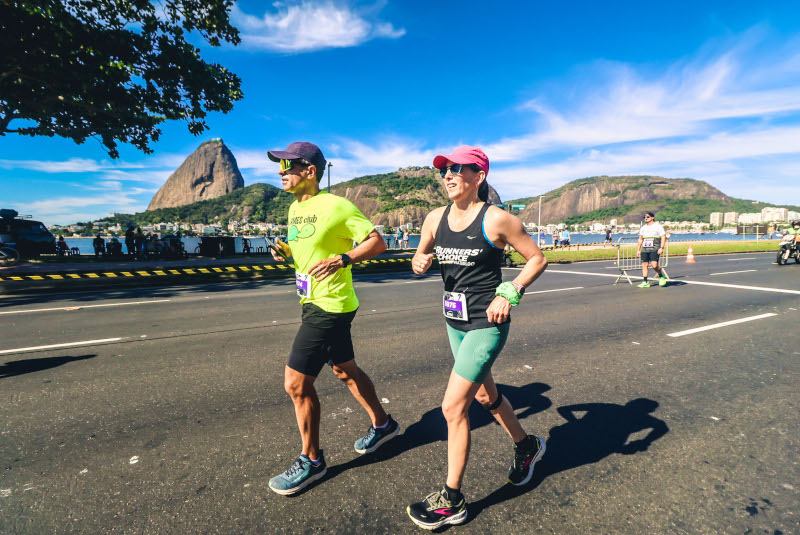
We were so excited about this race and glad to strike it out from our wish list. It is frustrating not to be able to recommend it to our fellow runners. Actually, these issues are easy to solve. A single trip to a race in Europe or North America would give them insights about how to do it right. For the moment, they are too far from a proper running destination. Avoid it if you can resist those natural wonders.
Despite the elastic time, it was a nice Z2 long run, finished without injuries and in good physical condition. It was hot, but I managed my hydration well, which is a great lesson learned from all previous marathons.
Number: 12
Time: 05:10:13
Best Marathon Time to Date: 03:56:04
Elevation: 86 m
